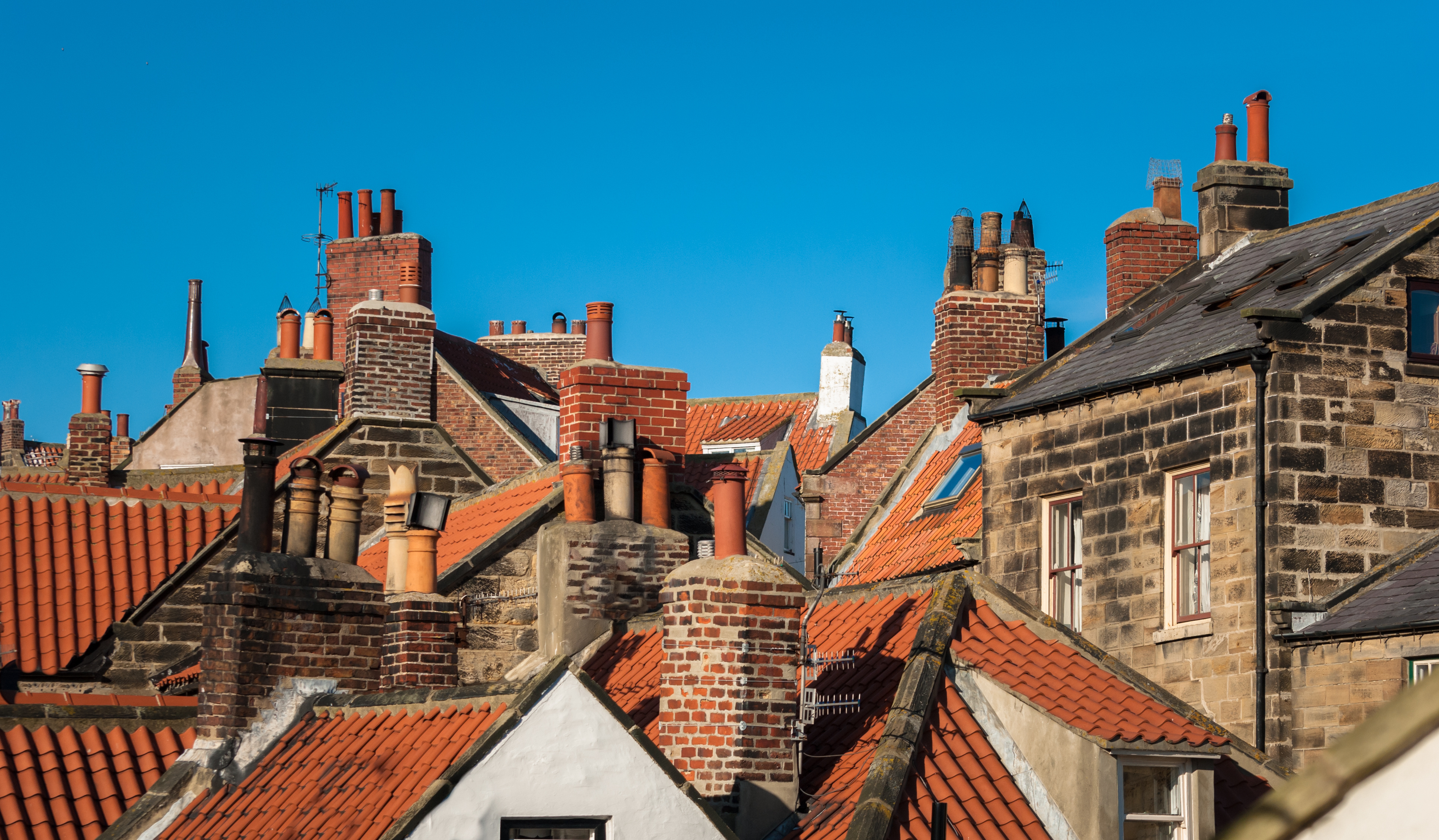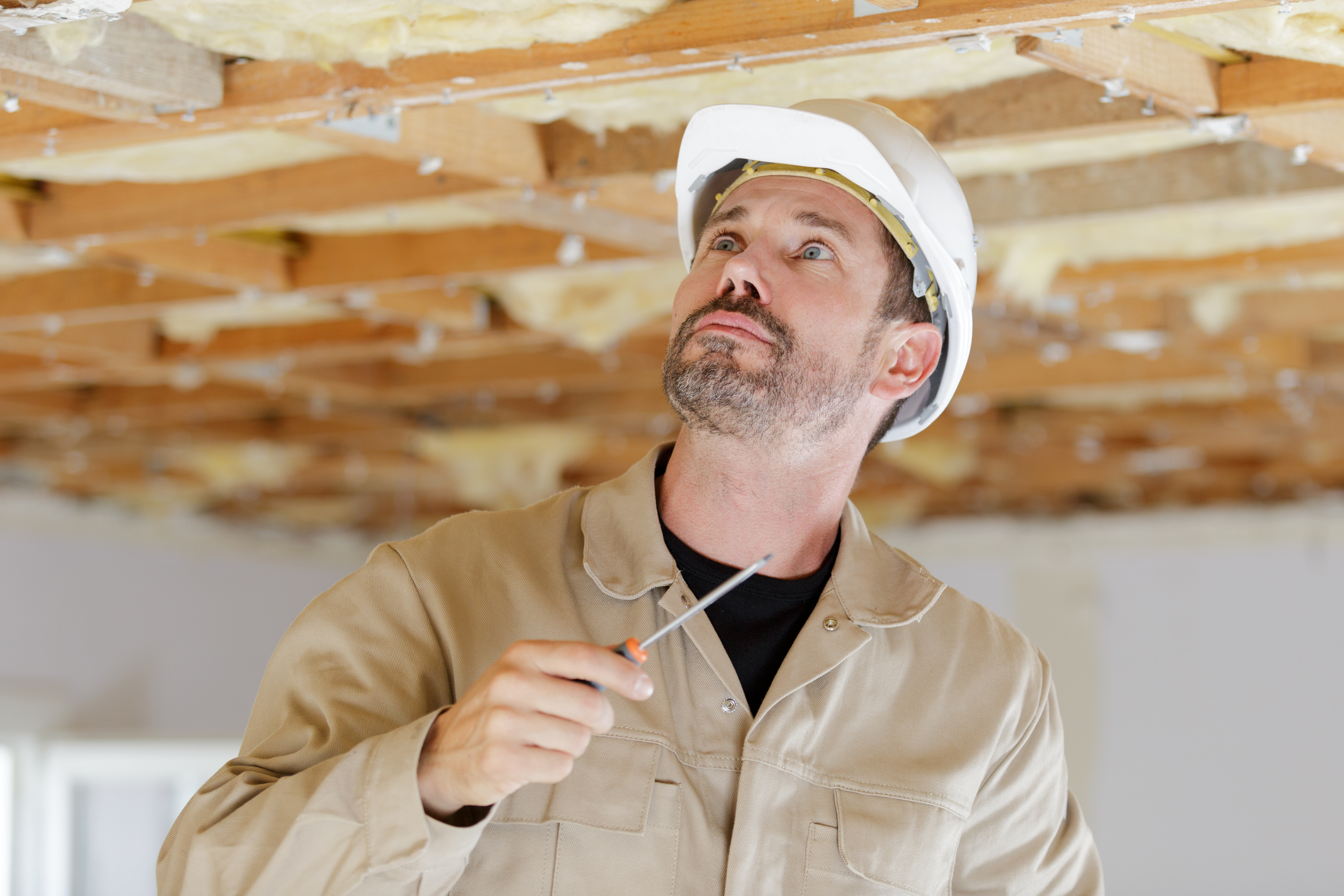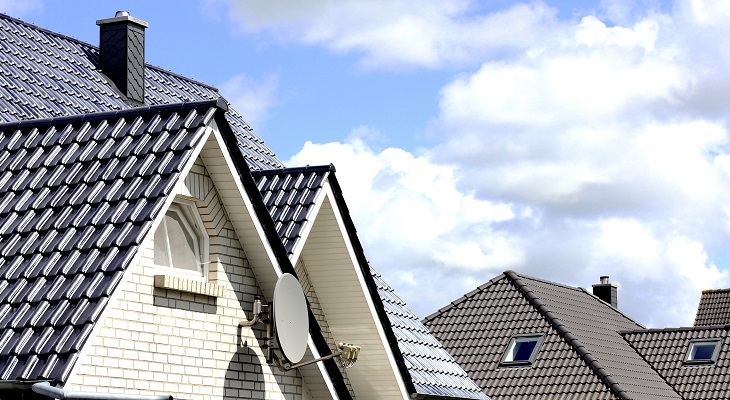Four Winter Health Checks For Your Roof
Winter is arguably the most important time of year for carrying out checks and repairs on your property, so taking a proactive approach is a wise move, especially when winter arrives. A good, strong roof should protect your house from the elements and keep the heat in, enabling you to enjoy the colder months in the comfort of a safe and cosy home.
British winters can be harsh, and without dealing with necessary roof repairs or structural issues, you are taking a big gamble to get through the winter problem-free. Be warned that even small problems can turn into big issues once the bad weather sets in, so now is not the time for complacency.
We’ve put together the top four checks you should carry out to ensure that your roof is fit for winter. Some of them you can do yourself, but for others you may need to call in a professional roofing contractor or other specialist.
1. Gutter clearance and repairs
The job of your property’s gutters, downpipes and other rainwater goods is to carry water safely away from the building and down the drain so it can do no damage. Gutters can easily become clogged with leaves, branches, moss and other debris, particularly in the autumn. If the gutters are blocked, rainwater cannot drain away freely, which can lead to overflows and ice dams that can do untold damage to your walls and ceilings. What’s more, the extra weight can cause gutter joints or brackets to fail and pipework to pull away from the building.
Clearing away leaves and debris from your property’s guttering to keep it fully functioning is probably the most essential roof maintenance job that should be carried out in the autumn and spring. Don’t forget to trim back any tree branches overhanging the roof to minimise falling leaves and debris from causing a problem. Installing a gutter guard protection system is also an excellent idea.
Professionally fitted gutters should have a slight incline towards the downspout. Check that this is the case by spraying some water into the gutter with a hosepipe and see where the water goes. Water pooling, overflowing or leaking through gutter joints are all signs that the guttering is not working as it should. Make sure that this is sorted out before the winter weather arrives.
2. General roof inspection
Next, check the roof itself for any obvious signs of damage in winter. Look for loose, damaged or missing roof tiles or slates. In most cases, any defects found are minor issues that require no more than a lead strap to put a slate back into place or to replace a broken tile. You may even be able to do this yourself.
Investigate the chimney for any signs of damaged bricks, missing mortar, damaged flashing or loose sealant. Flashings around the chimneystack and valleys can be hard to inspect but any undetected damage, holes or corrosion here may lead to nasty ceiling leaks further down the line.

An important word of advice: Never leave a leaking roof unaddressed – the problem will only get worse, and by that we mean more expensive to fix. Before heavy rain and winter snow can cause any damage to your property, get a reputable roofer with the right equipment for working at height to carry out the necessary repairs.
3. Protection against wildlife
Birds on the roof can be noisy and messy. They can damage roof tiles and their faeces carry diseases that can be dangerous to human health. Did you know that feral pigeons can breed all year round including through the winter? If you have noticed a bird problem on your roof, there are many types of bird repellent available commercially that are designed to deal with this effectively. These include reflective discs and tape, wall spikes and ultrasonic devices as well as special chimney bird guards that prevent birds from nesting there.
A number of pests are known for making their homes in lofts and attics, including rats, mice, squirrels, bats and birds. Check your roof and loft area thoroughly to ensure that there are no entry holes for unwanted wildlife. “Pigeon activity in and around a building may directly damage the structure as pigeons are capable of lifting roof coverings to force an entry, especially if these are already slightly displaced,” warns one building expert.
Squirrels, once they have found a cosy spot inside the loft, will be extremely reluctant to leave and can cause serious damage by gnawing materials. Bats are a protected species which makes it illegal to damage, disturb or block access to roosting areas. You may need to consult a professional pest control company.
4. Interior attic inspection
Once you’ve surveyed and repaired any exterior roofing issues, take some time to look around the loft. Some roof defects are easier to spot from the inside. Go up into the attic and take a look around for any signs of water leakage. Inspect the walls and ceilings for discoloration and staining, mould and mildew. Any evidence of these would indicate abnormally high levels of humidity and damp, or water leaking through the roof somewhere.
To address these issues, ensure that there’s adequate ventilation as well as sufficient loft insulation in place. And if mould is present anywhere in your house, it is highly likely that a leaking roof may be the root cause. Once mould gets into a property, it’s hard to shift.

Maintaining your roof and keeping it in good condition is in the interest of every responsible homeowner. Keep on top of these simple chores and do yourself and your property a huge favour in the future. While the roof over your house is built to last and stand the test of time and harsh weather, the onus is on you to make sure it is well looked after so that you get the best return on your investment for many years.
Contact us today...
Are you considering selling your home? Contact your local Guild agent today to see how they can help you sell your property fast, and at its true value.
Spring gardening trends
Top tips to decorate your home for Easter
Award-winning excellence at The Guild Conference and Awards Ceremony 2025
2025 interior design trends

Neville & Neville Estate Agents
London Office
121 Park Lane
Mayfair
London
W1K 7AG
London Mayfair:
0203 0965353

Neville & Neville Estate Agents
East Sussex Office
Forge Meadow, Hammer Lane
Cowbeech, East Sussex
BN27 4JL
East Sussex:
01323 833630
contact@nevilleandneville.co.uk
LONDON OFFICES
WE HAVE THE BUYERS YOU NEED!
NATIONAL & INTERNATIONAL MARKETING






